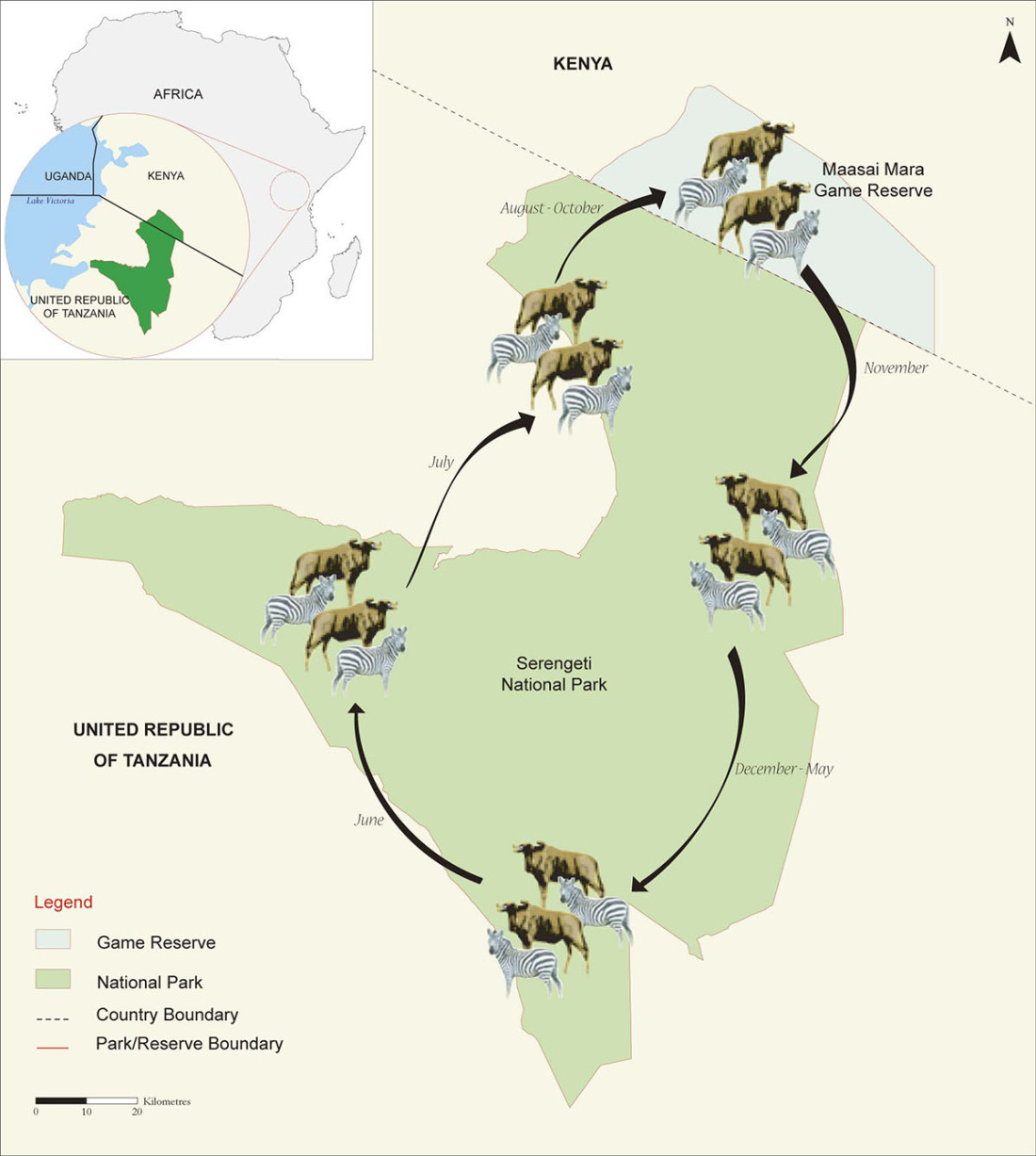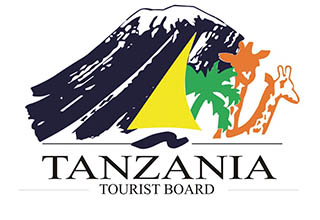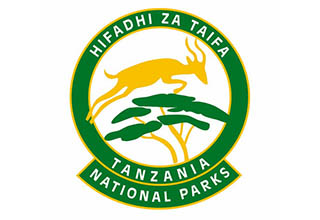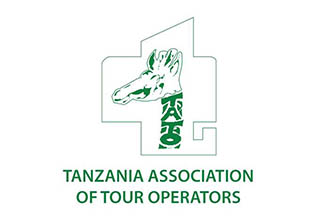Wildebeest migration Report – April and May
Throughout this period, during the heavy rains, the animals have great opportunities to graze as grass is fresh and plentiful throughout the region. Many spread out throughout the entire Seronera region and further South to the Moru Kopjes.
Wildebeest migration Report – June
Early June 2005 saw brief spells of rain falling in the central and western areas of the Serengeti. Since there was plenty of green grass and standing water in the area the wildebeest were slow to move northwards. A few ‘leaders’ had made their way as far as Dutwa Plains in the Western Corridor (just South of the Grumeti River and CCA’s Grumeti River Camp) but the majority of the wildebeest migration was to be found around the Moru Kopjes (an area just South of the Serengeti Serena Lodge). The game viewing in Moru at this time was simply fantastic.
In the last week there was a noticeable change with sizeable groups of animals starting to move into the eastern end of the Western corridor, with large concentrations in the Simiti, Musabi and Serena areas. There has been no real rain here now for a couple of weeks so the area is drying out some wildebeest have now reached the Grumeti area in the Western Corridor, waiting to start the first of the river crossings.
Sizeable herds of zebra are already quite far north and have spread themselves between the Seronera, Lobo and Loliondo areas (ie the Central to Northern part of the Serengeti). A branch of the Wildebeest migration has been heading up through Loliondo northwards but the main bulk of the herds are still central.
Overall (as to be expected, with lots of grazing and water) the wildebeest migration on the whole is still very spread out.
Wildebeest migration Report – July
The wildebeest migration towards the end of June was very spread out because of the good rains that occurred at the beginning of the month. Because of this, and the fact that there is plenty of good fresh grass the wildebeest migration is still very spread out over the central/west to Northern parts of the Serengeti. There are good sized herds both in the Western Corridor, and in the Bolagonja area (western and northern Serengeti respectively).
The beginning of July saw the last of the large herds coming up from the south-east into the Western Corridor, around the Musabi and Simiti areas (the area just North of the Serengeti Serena and just below CCA’s Grumeti River Camp). Towards the end of the month there were still plenty of green areas in the park, but the standing water was drying up fast. The Grumeti River itself had stopped flowing although there were still plenty of good pools and watering holes along its length. Whilst the temperatures in the evening got quite chilly, the days were still generally very warm and pleasant.
Wildebeest migration Report – August
At the beginning of August the Kirawira area of the Western Corridor (located on the Grumeti River, around the CCA’s Grumeti River Camp) still has substantial groups of wildebeest around despite the fact that the area was drying up fast. There are still many hippo filled pools along the Grumeti itself but the river itself has stopped flowing and there is virtually no water left elsewhere. The Wildebeest migration has completely left the Moru area just south of the Serengeti Serena, though cats and elephant are still highlights of the area. (Resident game in the Seronera/Central region is superb throughout the year).
There were light rain showers at the beginning of August right across the Northern Serengeti which stopped a large part of the Wildebeest migration from disappearing across the border into the Masai Mara. It also helped the fast regeneration of grass after the burning set by the park authorities. The wildebeest migration was still wide spread across the northern and north western Serengeti. There were no huge groups but sizeable crowds.
Towards the end of the month the animals had reached the border and the herds were crossing into the Mara.















